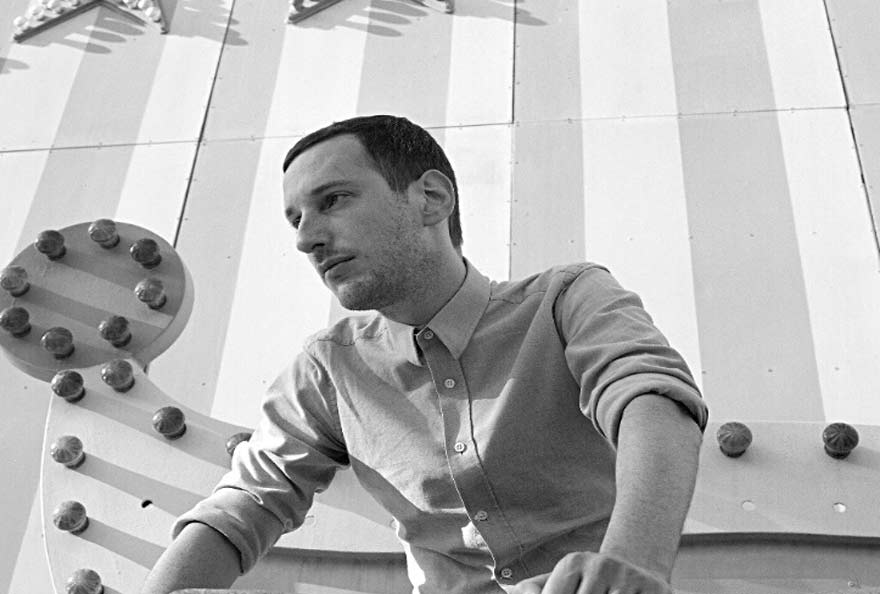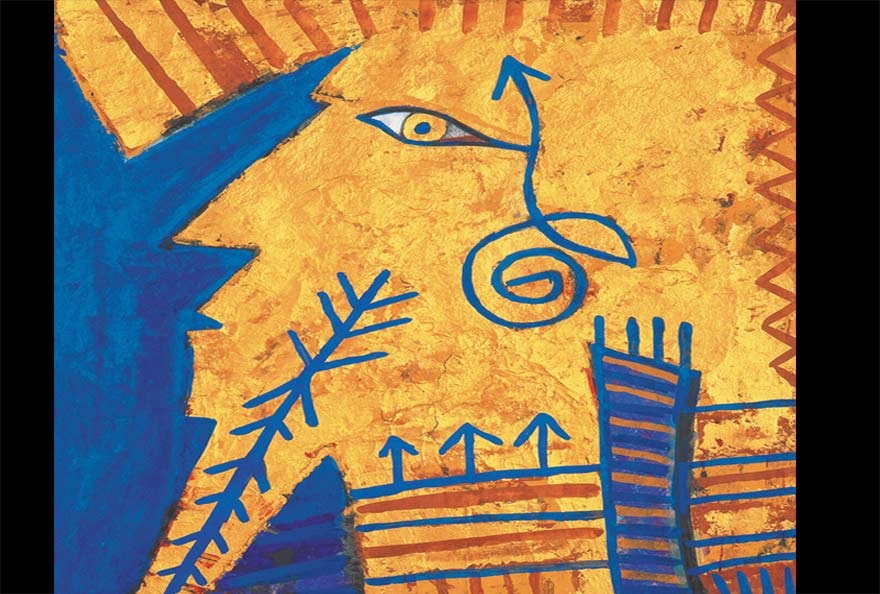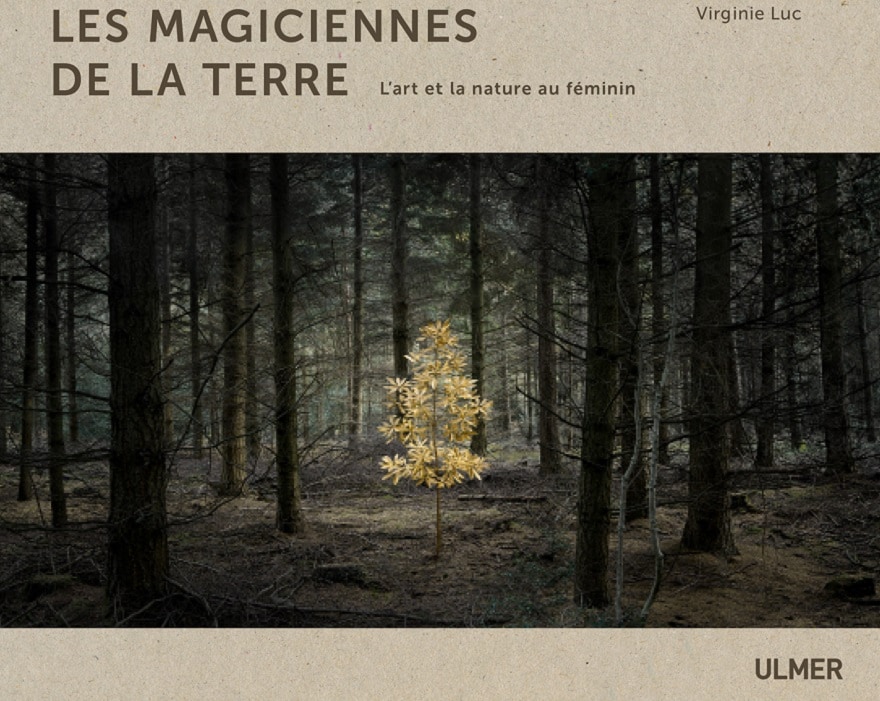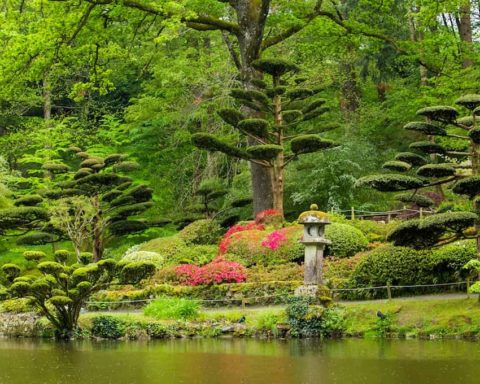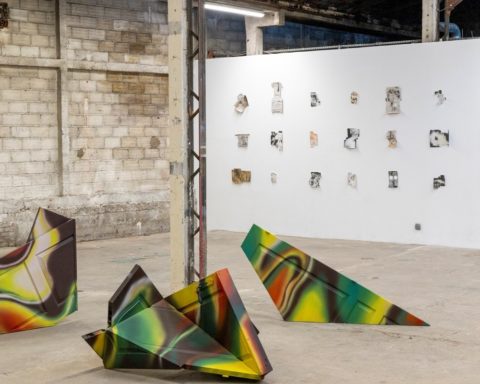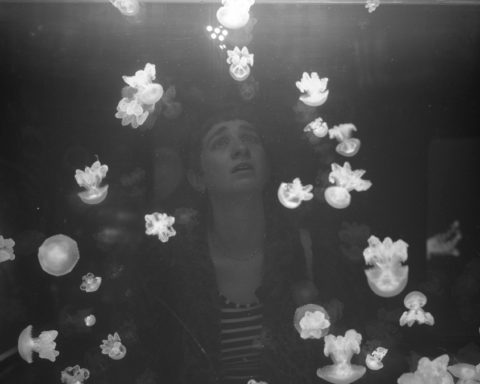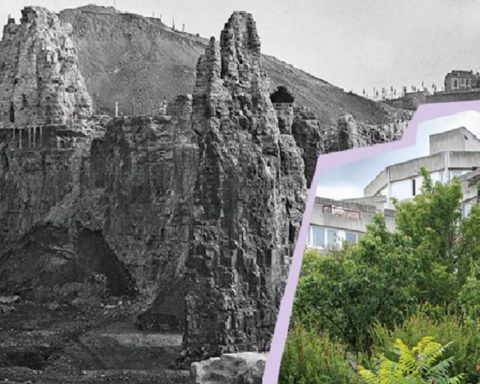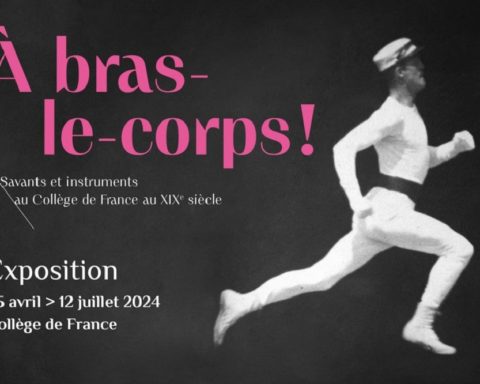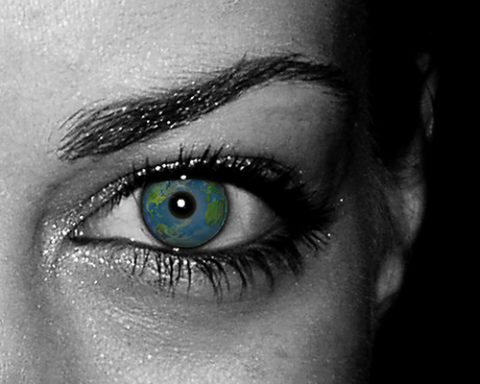Louis-Cyprien RIALS received the SAM Prize for Contemporary Art 2017, awarded this Thursday, December 14 at the Tokyo Art Club, Palais de Tokyo, Paris. His work reflects, through photographs and videos, a world without humans. All that remains are the forms and terrains that lead to disorientation and contemplation. By exploring the possible representations of landscapes from microscopic samples to satellite images, by changing the scale of study, he offers the viewer a space as free for imagination as for paredolies. In this universe of the forgotten and retired being, this documentation of an abandoned scenography, of monuments - natural or not - of ruins, of traces inscribed in geography, reveals a part of humanity as seen through the prism of its absence.
Created in 2009 by Sandra Hegedüs, the SAM Prize for Contemporary Art is awarded each year in December, after deliberation by the scientific committee, to a French performing artist working in the field of plastic and visual arts, and presenting a project for a foreign country (outside Europe and North America).
SAM Art Projects, a non-profit organization, promotes artistic exchanges between North and South, East and West, by providing financial and human support to contemporary artists based in France or in countries outside the major art market places.
Support for production and the visibility of artists are at the heart of the commitment of SAM Art Projects, whose action revolves around a prize awarded each year to a French artist and residencies for foreign artists in Paris. SAM Art Projects places Paris at the centre of its action and thus renews its ties with France, a land of welcome for artists from all over the world and a centre for international creation.
Endowed with 20,000 euros, the Prize is accompanied by an exhibition at the Palais de Tokyo in the months following his trip and the publication of a monograph. The solo exhibition of the winner of the SAM 2017 Prize, Louis-Cyprien Rials, will take place in February 2019.
The novelty in 2018 is that the works of the SAM Prize winners will be added to the Centre Pompidou's collections every year. This donation will act retrospectively with works by Zineb Sedira, Laurent Pernot, Ivan Argote, Angelika Markul, Bouchra Khalili and Mel O'Callaghan.
This initiative reinforces the mission of the SAM Prize, which sends the winning artists around the world to confront themselves with other territories and to carry out a project outside their daily cultural perimeter. The objective is to raise questions, to present discoveries and research in lesser-known territories. The exhibition at the Palais de Tokyo is an accelerator to confirm their notoriety among art professionals and the public.
Louis-Cyprien Rials was chosen by the 2017 Scientific Committee, composed of Sandra Hegedüs, Laurent le Bon, Jean de Loisy, Jean-Hubert Martin, Alfred Pacquement, Thierry Raspail, Marc-Olivier Wahler and Marie-Ann Yemsi.
The five finalists of the 9th edition of the SAM Prize were: Mathieu Kleyebe ABONNENC (project country of destination: Guyana, Suriname, French Guyana), Elizaveta KONOVALOVA (project country of destination: Russia), Evangelia KRANIOTI (project country of destination: Lebanon), Abraham POINCHEVAL (project country of destination: Clouds), and Louis-Cyprien RIALS (project country of destination: Uganda).

Louis-Cyprien RIALS
Born in 1981 in Paris (France) - Lives and works in Paris, Brussels and Berlin
Country of destination of the project: Uganda
Louis-Cyprien Rials practices photography and video. After studying drama at the Conservatory, he leaves in 2015 to live in Tokyo for three years and organizes his first exhibition, Koban.
In 2010, he leaves for his first motorcycle trip to Chernobyl and Eastern Europe. The following year, he travelled for several months through former Yugoslavia, the Turkish Republic of Northern Cyprus, Iraq, Georgia, Armenia, the Republic of Upper Karabagh and the Crimea, documenting forms and landscapes as well as entire, closed areas, which he sees as "involuntary natural parks".
In 2012, he completes his first experimental fiction, the dehumanized western Nessuno. Resident at the Bahrain Center for Photographic Arts in 2014, he exhibits at the Jamsheer House, teaches and initiates several projects, notably with the help of researcher Pierre Lombard on the remains of the Dilmun civilization.
In December 2014, Louis-Cyprien Rials is directing the documentary project Russia America in residence in Kronstadt by the NCCA (National Center of Contemporary Art).
He is increasingly involved in the creation of videos halfway between art and contemplative documentary, with the projects Holy Wars, Dilmun Highway (Bahrain, 2014) and Mene, Mene, Tekel, Upharsin (Iraq, 2015). In 2016, he is among the nominees for the Emeritus Revelations Scholarship.
It is represented by the Dohyang Lee gallery, Paris.

Works by Louis-Cyprien at the gallery Dohyang Lee, Paris
Apart from photographic projects - contemplative or conceptual - installations and videos, mixing documentary and fiction, my research has been oriented since 2006 on the particular subject of minerals and more specifically on image stones. In the first century, Pliny the Elder wrote that "not having marbles ready to use them for walls or to divide them into pieces, one decided to imitate them with paint, reproducing the stains of the rarest stones" (Pliny the Elder, 1981, book XXXVI, p. 53.). Contemporary technology has allowed me, through different approaches, to satisfy this ancient desire to plunge completely into the paréidolies usually hidden in the depths of the rock. By revealing it through large prints or wallpapers of varying sizes, the stone evokes to the spectator the possibility of a landscape defined by the cut, and that only he will be able to read and interpret, unless he is guided by a title revealing a more restrictive reading key (cf: La théorie de la Terre Creuse - 2014). This path, supported by readings and visits to quarries and museums, has offered me a general and documented vision of picture stones. From the sandy concretions that form the American Kanab stone, to the Japanese suiseki sculpted by water and the two-coloured dunites. From the Chinese stones of Guohua de Jiegou, or Youlan to the bluish marbles of Bristol. At the same time, I went on a trip and photographed the most beautiful rock formations I had previously spotted: the Ciudad Encantada in Spain, Externsteine in Germany, Đavolja Varoš in Serbia, the giant mushrooms of Beli-Plast in Bulgaria and the Turkish region of Cappadocia and further still, the salt lakes of Kurdistan. These photos, like others, are waiting for a favourable opportunity to be unveiled or matched with future work. »Louis-Cyprien Rials
SAM Art Projects - News reminder 2018
Exhibition by Massinissa Selmani, winner of the SAM 2016 Prize, Palais de Tokyo
"What flows has no end" 16.02.2018 - 13.05.2018
Exhibition devoted to Massinissa Selmani's project in the footsteps of Louise Michel in Algeria and New Caledonia (Curator: Yoann Gourmel).
In this project, Massinissa Selmani continues to experiment with drawing, mixing a documentary approach with fictional constructions, taking political and social history as a starting point. Through the confrontation, juxtaposition and even superimposition of elements, Massinissa Selmani creates enigmatic and ambiguous scenes testifying to the absurdity of human behaviour or architecture as an instrument of power.
It is this work of telescoping between current events and historical references that will be presented as part of his solo exhibition at the Palais de Tokyo under the title "Ce qui coule n'a pas de fin" (What flows has no end).
Julieta Garcia Vazquez & Bronwyn Katz, Residents 2018
Chosen by the SAM Art Projects committee in May 2017, the two artists are invited in residence in France and will be exhibited at the Palais de Tokyo from June 2018.
Julieta Garcia Vazquez lives and works in Buenos Aires. She is a member of the Rosa Chancho collective, whose action seeks to eliminate the discernment between group and individual, generating projects that go beyond the notion of democracy and approval. She is in residence in Paris until February 8, 2018.
Bronwyn Katz lives and works between Cape Town and Johannesburg. His work integrates sculpture, installation, video and performance. In her art practice, she is interested in the notion of object, person and lived space. The artist is a founding member of iQhiya, a collective of women artists based in Cape Town and Johannesburg. She is in residence in Paris from March to June 2018.

